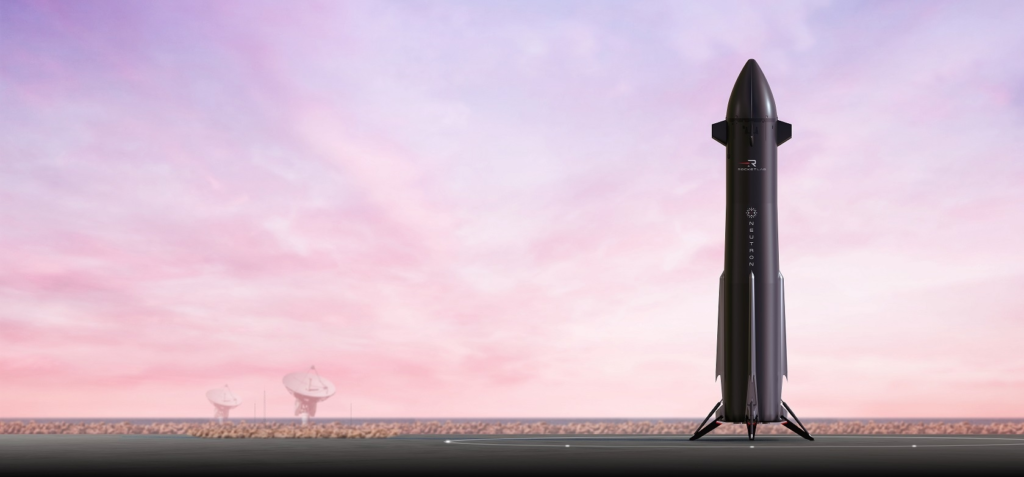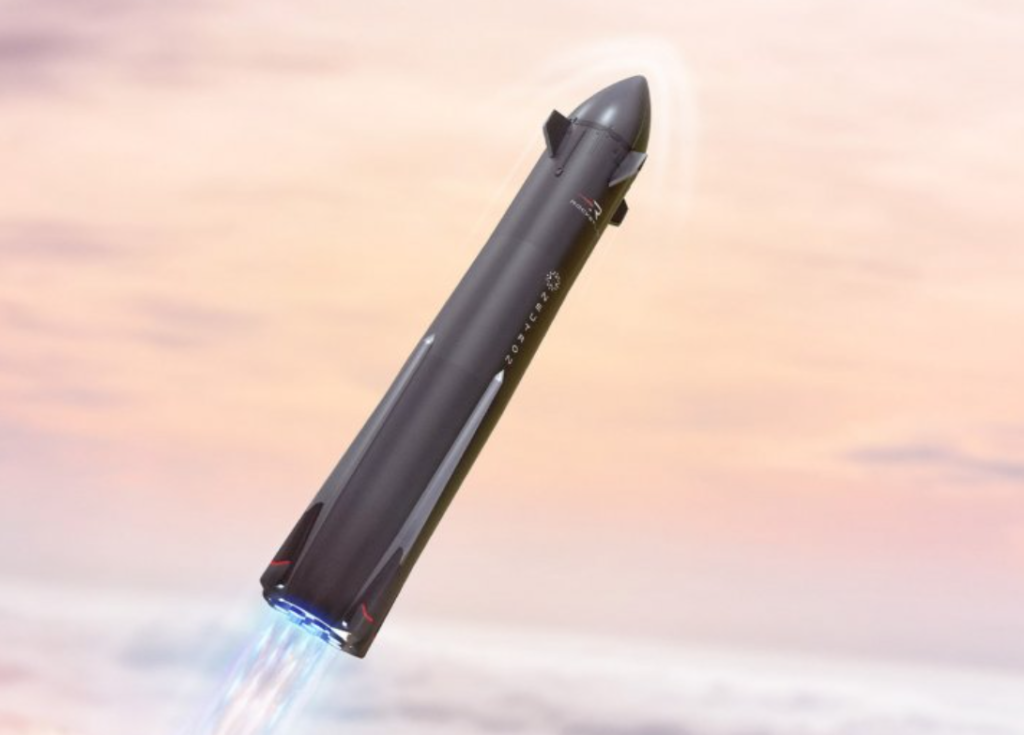Rocket Lab just released new updates on Neutron development including a physical upper stage test article and even engine production. Over the last few days, the company has been completing various cryogenic tests that ended with a bang. This is some of the first testing of this hardware and marks a significant milestone for the company.
This is also new territory for Rocket Lab as Neutron is much bigger than any Electron rocket the company has built or tested in the past. This testing joins the opening of the company’s brand new engine development center which will produce Neuron’s Archimedes engines. Currently, Rocket Lab still believes they can at least get this vehicle on the pad and ready to launch in 2024.
While ambitious, the company is making progress and is determined to get Neutron off the ground. This being said, there is still a lot of work left and unknown challenges ahead. Here I will go more in-depth into the recent testing, engine production, Neutron’s first launch, and more.
Cryogenic Testing

Starting back on September 13th Rocket Lab provided a few images of a Neutron second-stage test article and commented that testing was about to begin. This was practically all we heard until yesterday when the company tweeted saying, “A big week for Neutron! We completed cryogenic testing for a Neutron 2nd stage. This crucial test involved filling the tank with liquid nitrogen & pressurizing it to expected flight pressures, then pushing it all the way to failure to test extreme tolerances.” They also included a video of this process including the eventual destruction of the stage. Here the pressure continued to build up until the tank could no longer withstand the force.
They pointed out that as part of structural testing, they push their tanks to the Maximum Expected Operating Pressure, and beyond. Rocket Lab CEO Peter Beck chipped in and said, “Test to failure is the only way to really expose any weak points and validate true margins. At neutron scale it’s even more fun.”
Part of the reason this test is so important is because of the material this second-stage tank is made out of. Neutron is expected to be the world’s first carbon composite large launch vehicle. Neutron’s structure is comprised of a new, carbon composite material that is designed to be lightweight, strong, and able to withstand the immense heat and forces of launch and re-entry again and again to enable frequent re-flight of the first stage. They are even using a unique automated fiber placement system which can build meters of carbon rocket shell in minutes.
With this test complete and successful, Rocket Lab is now in the process of completing another test article to gather more data. Yesterday, the company was quoted saying, “Armed with a wealth of data from this campaign, the next Neutron stage 2 tank is progressing at pace!” Looking at Rocket Lab’s website and especially the Neutron page, you can see a new timeline showing the path to Neutron’s first launch. The first item, labeled Stage 2 Build, is marked green as complete. The second milestone was just completed days ago and should be updated soon.
The next steps include testing flight mechanisms, Archimedes engine build, Archimedes hot fire, first stage build, static fires for both first and second stages, integration, and eventually launch by the end of 2024. With this in mind, some of the next progress we can expect will be the testing of critical flight mechanisms including separation systems, fairing actuation, control surfaces, and actuators.
Even with this set plan in place and testing being completed as we speak, a launch in 2024 would be very impressive. Even Peter Beck has mentioned that at the end of the day, it’s a rocket program and a lot can happen between now and then. Specifically, a few months ago when asked about a 2024 launch date Peter Beck responded, “The schedule says we can get there. The rubber is going to hit the road in the next six months after we get some of these big tests under our belt. We are certainly going to try to have something on the launch pad in 2024, but you know, it’s a rocket program.”
Engine Development

As with any rocket, its future performance and success are dependent on the development of a highly powerful and reliable engine. In Neutron’s case, the engine is Archimedes, using 9 engines on the first stage and a single engine on the second stage. In addition to cryogenic testing, Rocket Lab announced the opening of a new engine development center.
In a statement, they said, “The 144,000+ square foot advanced manufacturing complex will support the high-rate production of Rocket Lab’s 3D printed Rutherford engine, as well development and production for the new Archimedes engine that will power the Company’s new medium-lift rocket, Neutron.”
Funny enough, the facility was actually formerly Virgin Orbit’s headquarters and factory for the Launcher One vehicle. Earlier this year Rocket Lab took over the lease for the facility and acquired the factory’s production assets, machinery, and equipment for around $16 million, generating significant savings for the Neutron’s production program. It now will be used to help Rocket Lab reach orbit with a new type of launch vehicle.
In terms of production, after being manufactured at the Engine Development Center, the completed Archimedes engines will undergo testing at NASA’s Stennis Space Center in Mississippi where Rocket Lab is establishing a dedicated test facility at the A-3 Test Stand. From there, the Archimedes engines will be integrated onto the Neutron launch vehicle in preparation for lift-off from Rocket Lab’s Launch Complex 3 at Virginia Spaceport Authority’s Mid-Atlantic Regional Spaceport within NASA’s Wallops Flight Facility in Virginia.
Designed and manufactured in-house by Rocket Lab, Archimedes is a reusable liquid oxygen / methane gas generator cycle engine capable of 1 meganewton thrust. As partially mentioned prior, 9 Archimedes engines will propel Neutron’s first stage, with a single vacuum optimized Archimedes engine on the second stage. Rocket Lab highlights that Neutron’s lightweight carbon composite structure means Archimedes does not need the immense performance and complexity typically associated with larger rockets and their propulsion systems. They belive that by developing a simple engine with modest performance requirements, the timeline for development and testing can be drastically accelerated.
In relation to the recent opening of the engine facility, Peter Beck was quoted saying, “By co-locating our Engine Development Center near our Long Beach headquarters and production complex, we’ve maximized collaboration between our engineering and manufacturing to ensure streamlined efficiency as we continue ramping up Electron launch cadence and get closer to Neutron’s debut launch” he said. Just over a year ago, Rocket Lab got access to the Stennis Space Center. The company managed to get a 10 year contract with an option to extend the lease for an additional 10 years. Just months later, the company had begun testing at the facility.
Rocket Lab also recently announced quite a few design changes to the rocket. This included the size of the fairings, the taper of the rocket, canard positions, and even the landing legs. This goes to show that they are still early in development and changing features as they go.
At the top of the rocket, thanks to Neutron’s ‘Hungry Hippo’ fairing design, the entire second stage will be completely enveloped within the Neutron’s first stage structure and fairing during launch. With this in mind, Neutron’s second stage is designed to be the lightest in history to enable high performance for complex satellite deployments. Typically, a second stage forms part of the launch vehicle’s exterior structure and needs to provide strength to the vehicle from lift-off, exposing it to the harsh environments of the lower atmosphere during launch. By being housed inside the first stage and ‘Hungry Hippo’ fairing, the requirement for the second stage to withstand the launch environment is eliminated and the second stage can be made significantly lighter enabling higher performance in space.
Also, rather than separating from the stage and falling away to the ocean like traditional fairings, Neutron’s Hungry Hippo fairing jaws will open wide to release the second stage and payload, before closing again ready to return to Earth with the first stage. What lands back on the launch pad is a complete first stage with fairings attached, ready for a new second stage to be integrated and launched. This advanced design can speed up launch frequency, eliminate the high-cost, low-reliability method of capturing fairings at sea, and enable the second stage to be lightweight and nimble.
In the next few months, we can expect Neutron updates to ramp up a lot. With this new facility open, not only will the company be manufacturing new first and second-stage test articles but also Archimedes engines. One of the next goals will be completing a full engine and starting to static fire it. If this process goes smoothly, Rocket Lab will have a decent chance of getting this rocket off the ground in a relatively short period of time.
Conclusion
Rocket Lab is working hard on Neutron as they complete initial cryogenic testing and also open a new engine production complex. While an initial launch date in 2024 is ambitious, the company believes it can get there and is working toward that goal. We will have to wait and see how it progresses and the impact it has on the space industry.
